Pre-sermon: What for?
Those who have followed Fairphone for a long time know that the charging port of a Fairphone is – very much like in other smartphones – a neuralgic point. When it doesn’t work, the whole device is soon becoming unusable until it is fixed. We have seen the spare part becoming unavailable and available time and again, sometimes after 1-2 weeks, but more than once, it took months. The FP2 bottom module that includes the charging port was the first spare part that Fairphone had to stop producing. As I am writing this, the FP3 bottom module is temporarily out of stock. We don’t know yet how the completely revamped USB port of the FP4 will work out; its simpler construction might help in securing its permanent availability. Even when the spare part is available, those with a broken charging port might have to wait a couple of days for it to arrive.
There is a way to gap these waiting times: External universal chargers that can charge a Li-Ion battery pack outside of the phone. Unfortunately, they aren’t available at every street corner. In my 250,000-people town, I actually tried in six shops without success the other day (after describing what I was after, one store keeper actually looked at me like I had officially asked him for child porn). Another issue is whether they are actually compatible with (ideally) all four Fairphone battery types (FP1, FP2, FP3, FP4). Specifications found online are often incomplete and leave open decisive details. So while theoretically these devices seem to me like super valuable equipment for Fairphone Angel heavens and local Fairphone communities (to hire out to stranded Fairphoners waiting for their FP-lifesaving bottom module), I guess many of us have been holding out because of the aforementioned uncertainties.
I have now spent a limited sum (25 Euros) from Fairphone Community Aachen’s modest funds to give one of these external chargers a try: The Ansmann Powerline Vario X.
Manual (in Deutsch | English | Français | Italiano | Español | Português | Nederlands) download:
1001-0085_Powerline_Vario_X_Manual-[PRINT].pdf (2.1 MB) or directly from the manufacturer website.
Feedback for other universal chargers further down here in this topic:
Ansmann Powerline Vario | Dörr Travel Charger TC-2 | hama Delta Ovum LCD | Pixo C2+
![]() The Fairphone 5 battery does not fit into the Ansmann Powerline Vario X
The Fairphone 5 battery does not fit into the Ansmann Powerline Vario X ![]()
![]() The Fairphone 6 battery is incompatible with the Ansmann (and probably all other similar devices) as it charges via a press connector.
The Fairphone 6 battery is incompatible with the Ansmann (and probably all other similar devices) as it charges via a press connector.
Ansmann Powerline Vario X
Since I received it yesterday morning, I have been able to try it with all four Fairphone batteries produced since the year 2013. The white, almost squared FP1 battery (2000-2100 mAh), the slimmer charcoal FP2 battery (2420-2440 mAh), the slimmer yet considerably longer FP3 battery (3000-3060 mAh) and of course the latest, more colourful FP4 battery (3900 mAh).
The best thing first:
FP1, FP2, FP3, FP4 batteries … each fits into the charger, and each can be charged in it.
Both the FP3 and the FP4 battery can be charged lying flat inside the charging bay of the Vario X, while the FP1 and FP2 batteries can only be charged standing bottom-up vertically in the bay. It seems to me that charging flat is safer for the batteries because the charging bay size gets adjusted by (probably) some quite strong springs in the big black rectangle next to it. When most the battery rests in the bay, the pressure of the springs gets distributed over a large area, while when the battery stands vertical, almost the whole pressure is against a very small area of the battery (see photos). What helps with the fragile vertical position of the FP1 and FP2 batteries is that the area at the ends of the charger where the batteries touch the charger are rubber-ized (you might spot this in some photos).
Additional explanation
The Vario X has two thin charging pins with a (flat) pencil silhouette. These need to get and keep contact with the + and - contacts of the battery. As the location, size and shape of these contacts differ considerably between batteries, the two charging pins can be indidivually moved to the necessary position to match the battery contacts’ position.
I was able to secure the contact between each of the batteries and the charger and even the vertical position remained firm (unless I kept trying to make the position perfectly vertical …).
Now on actual charging performance. First of all, it takes a lot of time to charge a battery this way (see photos below for official estimates). The charger’s display shows charging progress in four steps/blocks: 25%, 50%, 75%, 100% (see first photo). This must not be confused with the battery’s total charging level.
Experience with the five FP batteries (click paragraphs for photos):
Fairphone 1 battery: It took me 3:13 hours to charge it from 28% to 86% (total charging level as indicated in the FP1). When the latter level was reached, the charger had actually shown that 100% charging progress was completed.
Fairphone 2 battery: I didn’t take the time of the charging process, but similarly to the FP1 battery, 100% charging progress according to the charger only translated into 83% total charging level in the FP2.
Fairphone 3 battery: 4:14 hours to take the battery from 49% to 83% total charging level; again: this is after the charger completed the 100% block on the display.
Fairphone 4 battery: 8:07 hours to take the battery from 28% to 81% (100% block reached on the the charger display).
The Fairphone 5 battery is (far) too wide to fit into the charger’s battery space.
USB-A-to-micro-USB cable included in the Ansmann package
(same type as for standard direct charging of FP1 and FP2)
Charging plug (wall plug, not included in the Ansmann package) used:
iPod USB Power Adapter / Ladestecker (year 2005) Model no. A1102
AC INPUT: 0.15A Max. ADP-5GHA Output : 5V 1.0A
(It seems weird to me that input as given on the outside of the plug is much lower than output, but brighter minds might be able to explain this.)
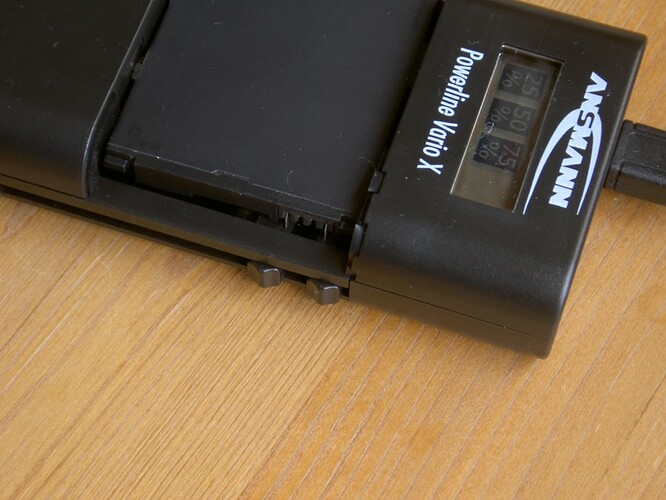
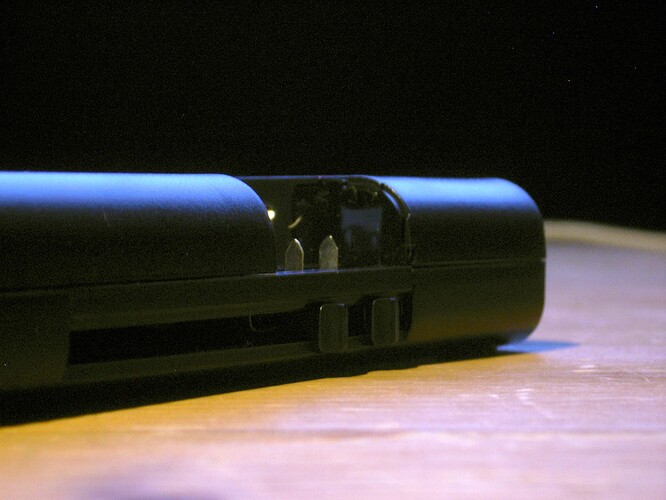
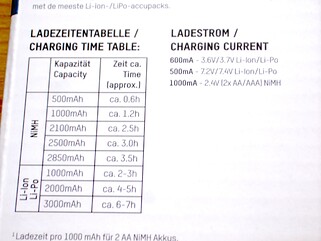
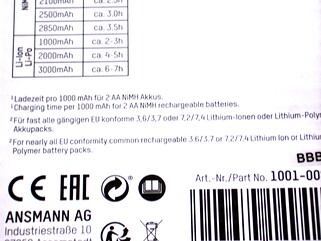
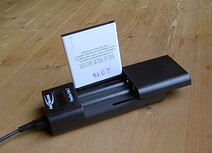
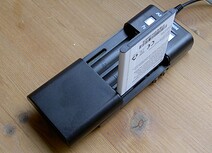
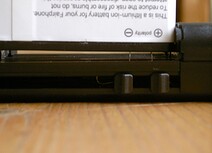
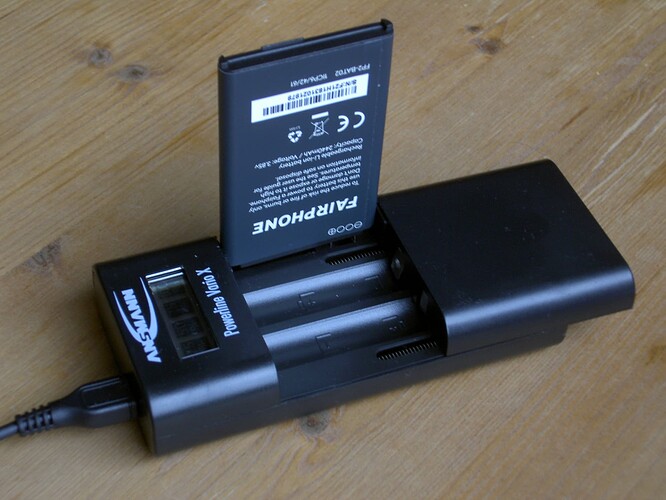
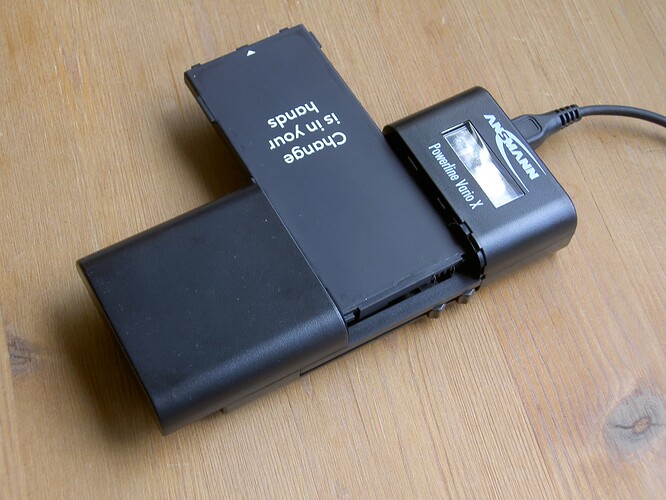
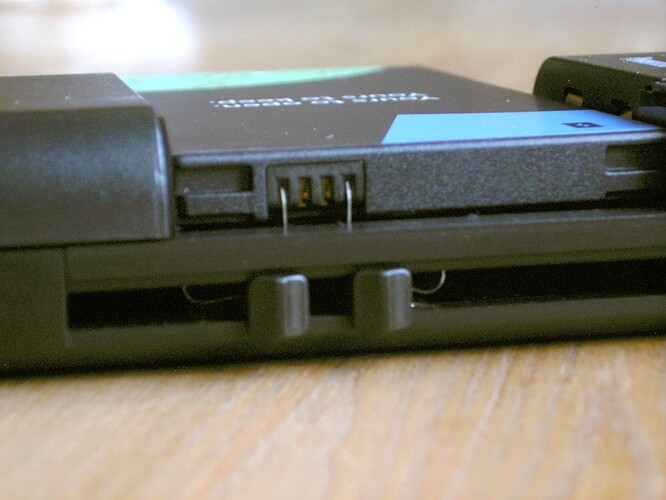
 ) but it’s always there. (Think of a tower computers PSU 80% (cos phi 0,8) / 90% (cos phi 0,9); silver or gold standard - that’s about this cosφ) - how much power is taken from your wall socket (paying for at last) will be converted and provided on the other side → DC output. The difference between both sides is loss in form of heat, converting circuitry loss but also intended design and cost limit)
) but it’s always there. (Think of a tower computers PSU 80% (cos phi 0,8) / 90% (cos phi 0,9); silver or gold standard - that’s about this cosφ) - how much power is taken from your wall socket (paying for at last) will be converted and provided on the other side → DC output. The difference between both sides is loss in form of heat, converting circuitry loss but also intended design and cost limit) 